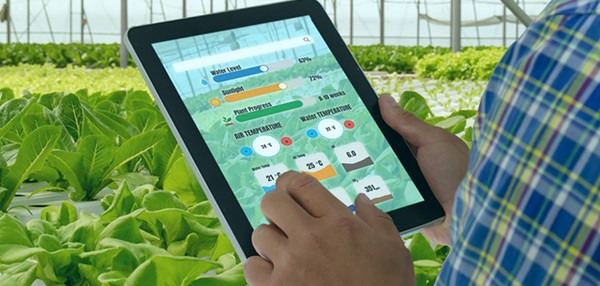Robotics and AI are not panaceas for solving labor shortages or other product-related problems. But in the next decade, robots and crop-support software are going to take certain tasks out of the hands of the high-tech greenhouse.
Growers are not going to produce more cheaply because of robotization and digitization, but mostly differently. Managing larger and more international companies will become easier, management skills will change, and closer cooperation with suppliers and customers will be possible. Pests can also be dealt with earlier, more sustainably, or more precisely, or the quality of the final product can be improved. All of this has a great potential value that is difficult to assess.

Lack of labor and the cost of labor are major drivers of robotization. The knowledge and skills of horticultural companies are indispensable in developing robots and AI. For robotics players, connecting with the right growers and quickly adapting products based on experience, service, and convenience are examples of success factors.
For growers, there are several options for applying innovations in robotics and AI. From co-investing in the companies to cautiously trying via a (trial) subscription.
In the future, an entirely different automated growing system is a smarter solution for certain crops. But this requires substantial investments and many adjustments, e.g., in varieties. Robotization and digitization also have disadvantages. Consider the growing dependence on large software companies, cyber risks, less flexibility, negative consumer perception, and less diversity of companies and products.
Read the report (in Dutch) here.
For more information: Rabobank
Rabobank
www.rabobank.com
